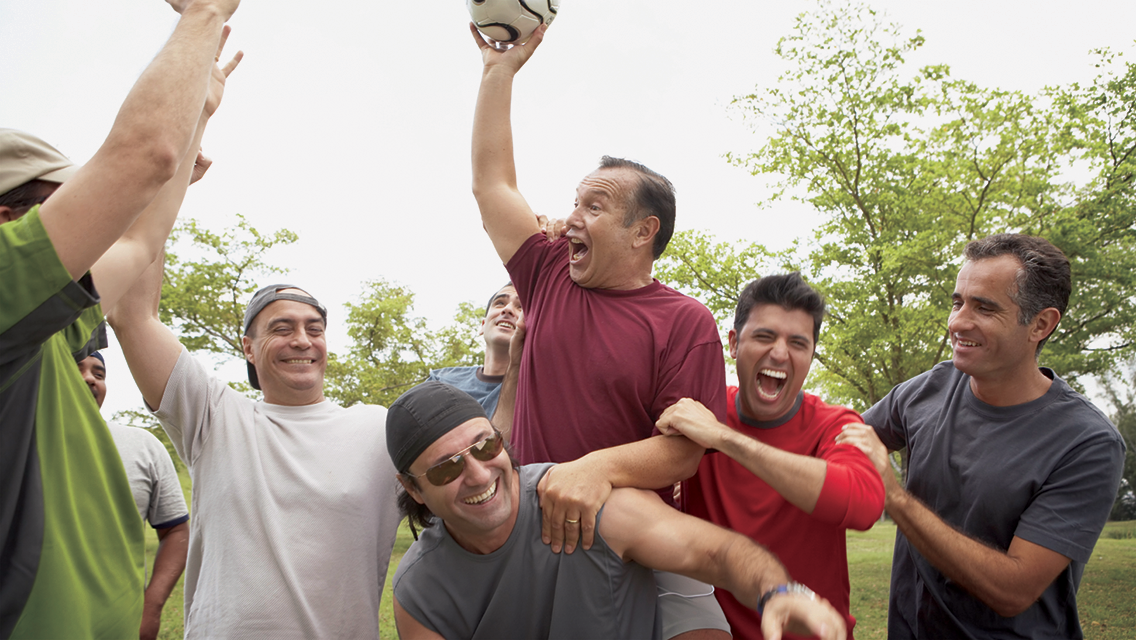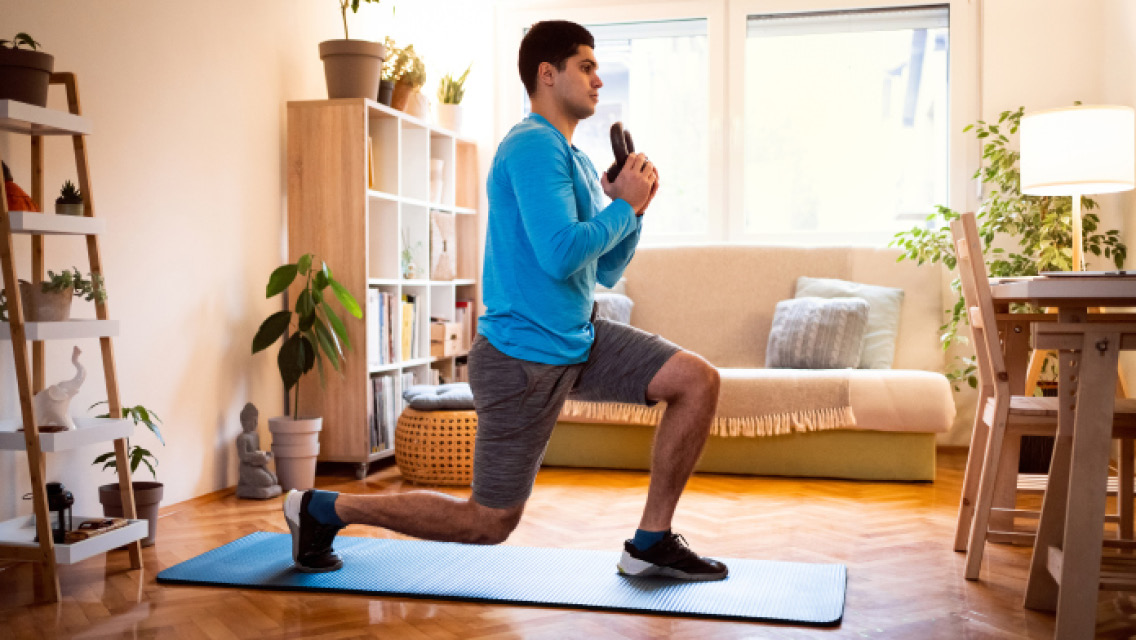Growing up, I often had my head either buried in a book or lost in a daydream, and the rest of me sort of followed along for the (mostly) leisurely ride. So leisurely, in fact, that one of my uncles bestowed a nickname upon me when, as a young girl, I insisted on sitting in my baby sister’s stroller: tambal-khanoom — which translates from my family’s native Farsi as “lazy lady.”
He meant it endearingly, and the nickname stuck familywide. I took it as the truth: I was lethargic down past muscle and bone straight into my soul. Whether I truly was lazy or hearing that as a child created a self-fulfilling prophecy, I played the part perfectly for years.
This old story of being lazy, lacking motivation and athleticism, isn’t one I consciously think of anymore because it doesn’t match up with my actual life experience. Today, fitness is my job, my passion. I’m active in some way most days of the week, lifting or running or hiking or paddleboarding, usually with a smile on my face.
But my lazy-lady persona bubbled to the surface of my memories recently, first in conversation with my best friend. The topic was motivation: My friend asked me, “How do you motivate yourself to move when it seems absolutely impossible because you just don’t want to?”
I stumbled with my advice. “You do it anyway,” I told her, as if it’s the easiest thing in the world. “Not wanting to is unrelated to getting it done.”
Even as I said those words my heart sank. Not because the advice isn’t good or true — but because taking action for its own sake is insanely hard. My inner “lazy lady” prodded me: “Just do it” is aspirational, not inspirational.
A few days later, the same topic came up in a Facebook fitness group. As people chimed in with advice for a powerlifter struggling with motivation, I threw in my two cents as well — this time with a little more thoughtfulness and compassion than I had shown my BFF.
I reflected on my evolution from “lazy lady” to fitness professional and realized it has taken me two decades to get from “But I don’t want to” to “Do it anyway.”
Here were my six big (personal) takeaways:
1. I find something I enjoy doing in the moment and that feels good when I’m done. If it’s not enjoyable, interesting, curiosity inducing, or satisfying in some way, I seek out another way to move.
2. I remember that sometimes exercise is a chore — and that’s OK. Simply not wanting to do it is normal but not a great reason not to get it done. Moving is part of basic body maintenance. Not wanting to brush my teeth before I go to sleep isn’t a good reason not to do it. And if I do skip it once, I probably won’t skip it again the next morning, and certainly not the next evening, because I know I’ll feel bad — and that it is bad for me.
3. I schedule exercise as a nonnegotiable event and with the same sense of urgency I might feel regarding an annual performance review at work or a nonrefundable plane ticket to my dream vacation.
4. I make myself accountable. This might mean enlisting a workout buddy, a coach or personal trainer, or a tracking app. Yesterday, I texted my best friend and begged her to say something, anything, to make me work out. Just voicing the struggle shifted something in me, and before she responded I was already moving.
5. I rely on biofeedback testing. If I really am struggling to motivate myself to get going, I let the toe-touch test (more on that at “How to Use Intuitive Training.”) dictate whether working out as planned, working out as not planned, or doing a nonmovement activity is best for me.
6. If I do change gears and decide to skip it, I own it as a choice: zero excuses and zero guilt. Because I know that, like not brushing my teeth, I can go only so long before the easy choice to not work out becomes a painful choice.
These happen to be the tricks that work for me — and that’s what they are, really: highly personal tricks that I can rely on to motivate myself to get it done when just doing it is too hard. Your list of motivators probably looks different from mine, but there is at least one thing we share: “Just doing it” is a lifelong practice.




This Post Has 0 Comments